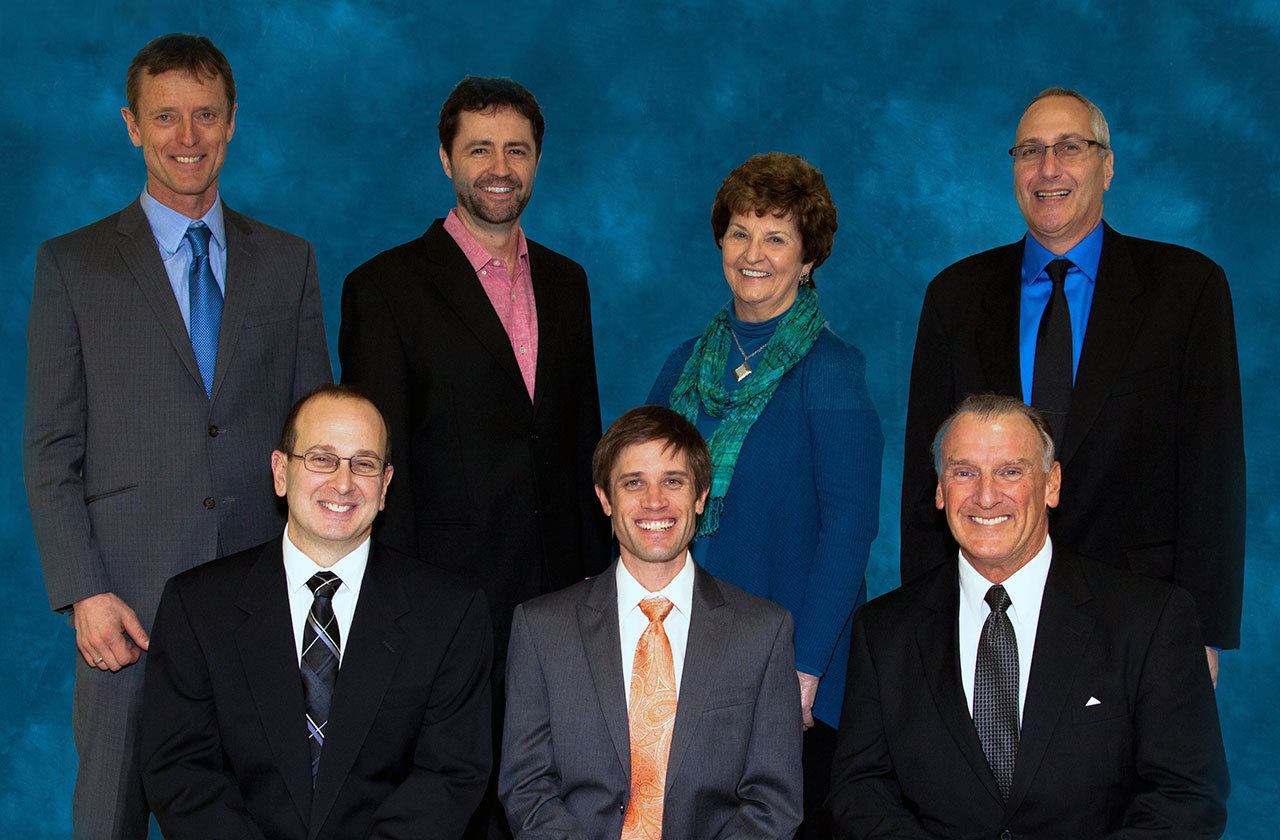Contributed by the North Bend City Council
To the citizens of North Bend,
There has been much public dialogue and understandable frustration as our city has faced the pains of rapid growth since the lifting of the water moratorium several years ago. The city council shares both the concerns expressed by citizens and the desire to maintain the vision of small-town character and high quality of life for this town we love.
In this statement, we wish to share information which we hope will enhance citizen understanding of the challenges and constraints involved, along with steps being taken to ensure our community vision will be met.
In 1990 the Washington State Legislature signed the Washington State Growth Management Act (GMA) into law (http://mrsc.org/Home/Explore-Topics/Planning/General-Planning-and-Growth-Management/Comprehensive-Planning-Growth-Management.aspx).
The GMA aims to concentrate growth inside city limits and also requires cities to produce comprehensive plans, which are implemented through local development regulations and capital investments.
The GMA also requires counties to assign growth targets to local jurisdictions in order to proportionately allocate the growth burden. Those targets, which were based on each city’s current size, were meant as a minimum target, meaning cities could grow faster.
After the city adopted its first Comprehensive Plan under the GMA, it was still in a building moratorium from 1999 to 2009, because it did not have water capacity to support growth. When the city was finally able to acquire more water rights in 2010, the moratorium was lifted and the result was an uncorking of a large pent-up demand. Request upon request for development came flooding into the city Planning Department.
There are currently permit applications in process for 1,205 units. This includes 568 single-family homes, 429 apartments/condominiums/duplexes, 101 cottages and a mixed-use building containing 32 units.
We have already reached our GMA 2030 growth target, so why not stop further residential development?
The reason is property owner rights. The city council is legally and ethically constrained from creating a zoning plan that would substantially hinder the property rights or potentially reduce property values for property owners who want to sell buildable land to a developer.
The ongoing development in the city also brings positive changes — additional neighborhood parks, increased home value in surrounding areas, more consumers to spur economic development in our historic downtown, and the extension and expansion of public sewer, which generates revenue for the city, and will ultimately help to fund the replacement of the city’s failing wastewater treatment plant.
The city must remain compliant with county and state regulations, be mindful of property owner rights, and pace growth so that we can develop the community in accordance with our vision to create a premier outdoor recreation town while maintaining a small-town rural feel.
We have heard you, our citizens, and have recently enacted the following in order to preserve North Bend’s rural character and small-town scale:
• Rezoned large sections of the city for growth at no more than two dwelling units per acre.
• Imposed a city-wide moratorium on cottage housing, to ensure they are a more affordable housing product.
• Imposed a city-wide moratorium on single family homes inside certain commercial zones.
• Changed street standards for wider rural streets with more on-street parking.
• Adopted a policy to not actively promote annexation and to decline to consider any developer-initiated annexation of UGA territory until traffic and infrastructure concerns are better addressed.
• The council’s Community and Economic Development Committee has embarked upon a comprehensive review of all design standards, which is one of the most influential ways to change the look and feel of future development in our city. It is through these standards that we can adjust everything from the width of the sidewalks to the proximity of homes to the street and adjacent properties.
• We are also about to embark on a major downtown plaza project (anticipated for 2017). Our newly formed Economic Development Commission will help us put a strategic brand implementation plan into place to bring to life the city’s brand as a premier outdoor recreation destination. Ultimately this will influence not only our zoning regulations, but also the events we put on, the alliances we forge, and the businesses we recruit.
• Preserved a 32-acre wooded site south of I-90.
North Bend will grow—there is no way around that, considering the city’s location in King County, proximity to great jobs, and immediate access to outdoor recreation. We are going to manage the pace and appearance of this growth, with more amenities and restaurants, better roads to ease traffic congestion, even better parks, and bike and pedestrian-friendly infrastructure.
We are committed to listening to you, our citizens and neighbors, to make North Bend an even more livable community and to capture and maintain your vision of a small town and promote its greatest asset of outdoor recreation.
North Bend’s City Council includes Brenden Elwood, Alan Gothelf, Jonathan Rosen, Jeanne Pettersen, Trevor Kostanich, Martin Volken and Ross Loudenback.



